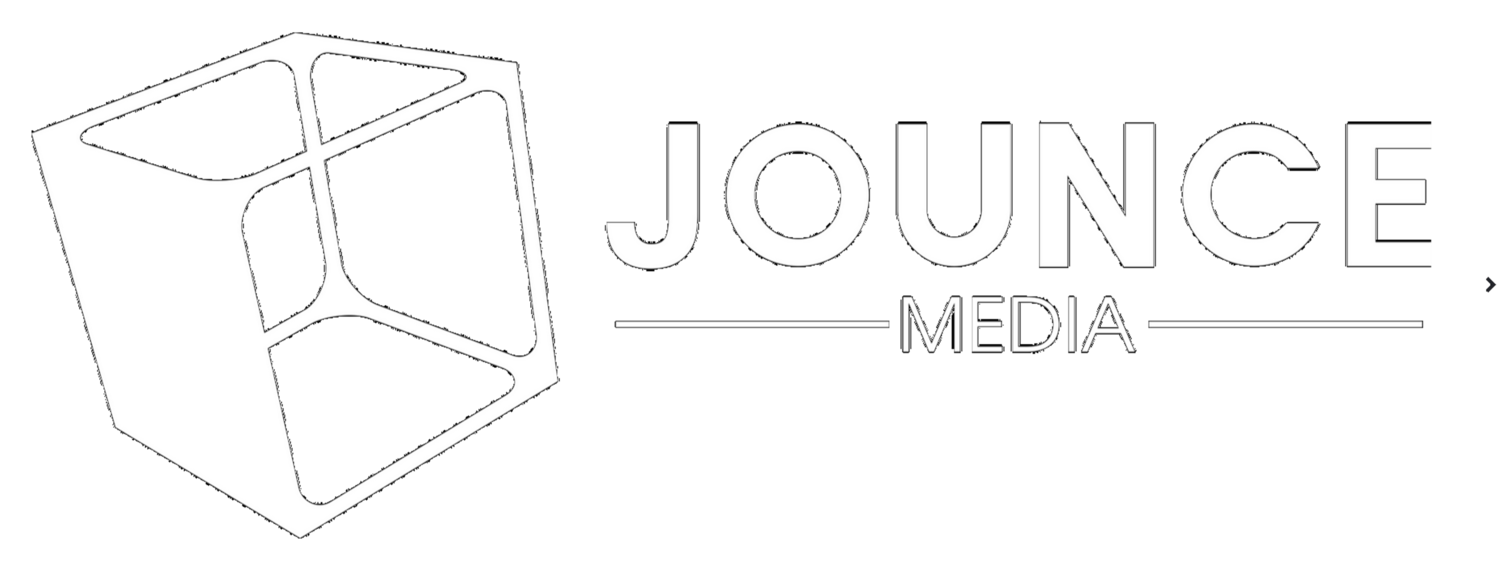This article originally appeared in AdExchanger's Sell Sider column at http://adexchanger.com/the-sell-sider/data-leakage-balancing-act/
Publishers are right to be worried about data leakage. Selling through RTB pipes exposes a wealth of publisher data that rogue buyers can exploit for audience insights, modeling and retargeting.
The largest demand-side platforms (DSPs) buy less than 10% of the ad opportunities they see. Smaller DSPs buy less than 1%. That means that for every ad a programmatic buyer purchases, it can collect rich user data about hundreds of other page views without paying anything to the publisher.
Publishers expect their ad exchange partners to control data leakage risks, and most DSP agreements with supply-side platforms (SSPs) include contractual restrictions on bid-stream data usage rights. But the specific terms of these agreements are murky, giving irresponsible buyers room for loose interpretation of their rights. Worse, the sell side has almost no ability to enforce or even monitor the way buyers use publisher bid-stream data.
The emergence of header bidding further extends data leakage risk. Header-enabled publishers broadcast details about every page view to every programmatic buyer. When publishers move from a traditional waterfall to header-enabled ad serving, buyers move from collecting sparse user data to collecting a 360-degree view of the publisher’s audience.
The only reliable way for publishers to manage data leakage is to limit the specificity of information provided to programmatic buyers in bid requests. The IAB is smart to make publisher identification an optional field in the OpenRTB spec. This gives publishers full control over the degree of page transparency they expose to programmatic buyers. But it’s a damned-if-you-do, damned-if-you-don’t trade-off.
Many publishers have experimented with varying levels of transparency to maximize yield while controlling data leakage risk. They consistently find that issuing blind bid requests (site = NULL) produces low bid density, low bid prices and unsustainable yield. Full URL transparency maximizes yield by increasing buyer participation and driving up bid prices, but it opens the data leakage flood gates.
Savvy programmatic sellers recognize that private marketplaces create a mechanism to provide different degrees of transparency to different buyers. In the most successful implementations, publishers provide a basic level of transparency, such as top-level domain, to all buyers to demonstrate baseline brand safety and inventory quality.
The publisher also decorates its bid requests with one or more deal IDs that further describe the ad opportunity’s content and user. Trusted buyers are given details into the meaning of these deal IDs, giving them a more complete understanding of the ad opportunity.
For example, a publisher in the health care space might reveal its domain to all buyers but may also disclose to a trusted buyer that bid requests associated with a specific deal ID reflect impressions on the allergies section of the site. This allows the publisher to contain data leakage risks while capturing premium bids from trusted buyers.
Website retargeting fueled the early stages of programmatic growth, but buyers are approaching saturation of these retargeting tactics and are hungry to move beyond first-party data. Publisher data, especially data from trusted vertically focused publishers, is quickly becoming a must-have for programmatic buyers. Clever applications of private marketplace technology allow publishers to move from reactively protecting data leakage to proactively monetizing their data assets.


